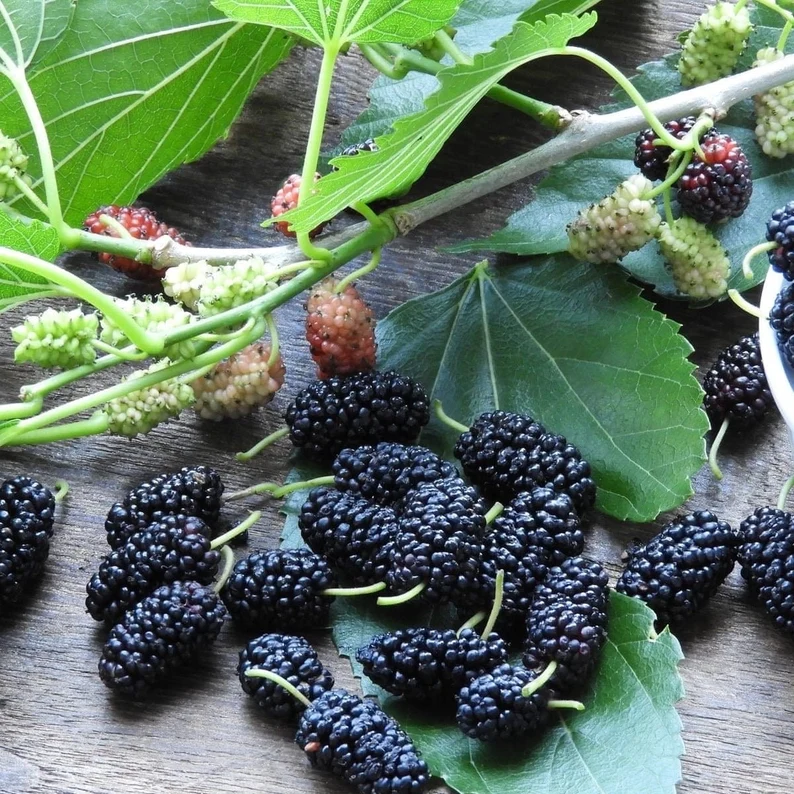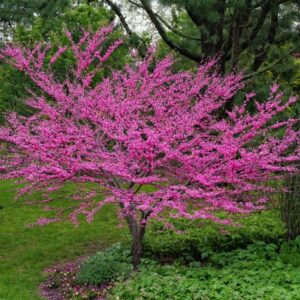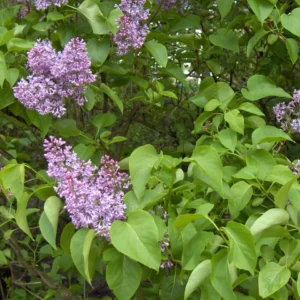Description
Mulberry Tree – 1 Yr Old Seedling (Morus spp.)
Overview
The Mulberry tree (Morus spp.) is a fast-growing fruit tree known for its sweet, flavorful berries that are loved by humans and wildlife alike. Whether you’re making jams, pies, or simply enjoying the fresh fruit, the Mulberry tree is a great addition to any home garden or orchard. This 1-year-old seedling will grow quickly, producing a bountiful harvest in just a few seasons. Known for its attractive, broad canopy and lush foliage, the Mulberry tree also provides valuable shade and habitat for birds.
Native Range
Native to Asia and parts of North America, Mulberry trees thrive in a variety of climates and soils. They are adaptable and can be found in temperate regions around the world.
Growth and Form
- Height: Grows approximately 18–24 inches per year, reaching 30–50 feet at maturity, depending on variety.
- Spread: Mulberry trees have a spread of 25–40 feet at maturity.
- Growth Rate: Fast-growing, with fruit production often beginning in 2–3 years after planting.
- Foliage: Large, heart-shaped leaves that turn yellow in the fall before dropping.
- Flowers: Mulberry trees produce small, inconspicuous flowers in early spring before the fruit sets.
Ecological Benefits
- Wildlife Habitat: Mulberry trees attract birds, particularly migratory species, and provide a food source with their abundant berries.
- Shade and Cooling: With their broad canopy, Mulberry trees offer excellent shade for gardens and landscapes, helping to reduce heat in urban environments.
- Soil Health: Mulberries help improve soil structure by preventing erosion with their extensive root systems.
Hardiness and Climate Tolerance
- Hardiness Zones: 4–9, suitable for a wide range of climates, from cold northern winters to temperate southern regions.
- Cold Tolerance: Tolerates temperatures as low as -10°F (-23°C), depending on variety.
- Drought Tolerance: Once established, Mulberry trees are relatively drought-tolerant, though they benefit from regular watering.
- Soil Preferences: Thrives in well-drained, fertile soils but is adaptable to a variety of soil types, including sandy and loamy soils.
Planting and Care
- Planting Location: Plant in full sun for optimal fruit production, though Mulberry trees can tolerate partial shade.
- Watering: Mulberry trees need consistent moisture during the first few years, particularly in dry spells. Once established, they are more drought-tolerant but will still benefit from regular watering.
- Fertilization: Apply a balanced fertilizer in the spring to encourage healthy growth and fruiting.
- Pruning: Prune to maintain a strong structure and remove any dead or damaged branches. Mulberry trees benefit from occasional thinning to improve air circulation.
Uses
- Culinary: The berries are used fresh, dried, or in recipes such as jams, pies, and smoothies.
- Wildlife: Mulberries attract birds and small mammals, making them an excellent choice for wildlife-friendly gardens.
- Shade and Landscaping: Mulberry trees are often used in landscaping for their rapid growth and wide canopy, providing shade and aesthetic value.
Potential Problems
- Pests and Diseases: Mulberry trees can be affected by pests such as aphids, scale, and spider mites. Regular monitoring and proper care can minimize these risks.
- Root System: Mulberry trees have a vigorous root system that can potentially cause problems if planted too close to buildings or other structures.






Reviews
There are no reviews yet.